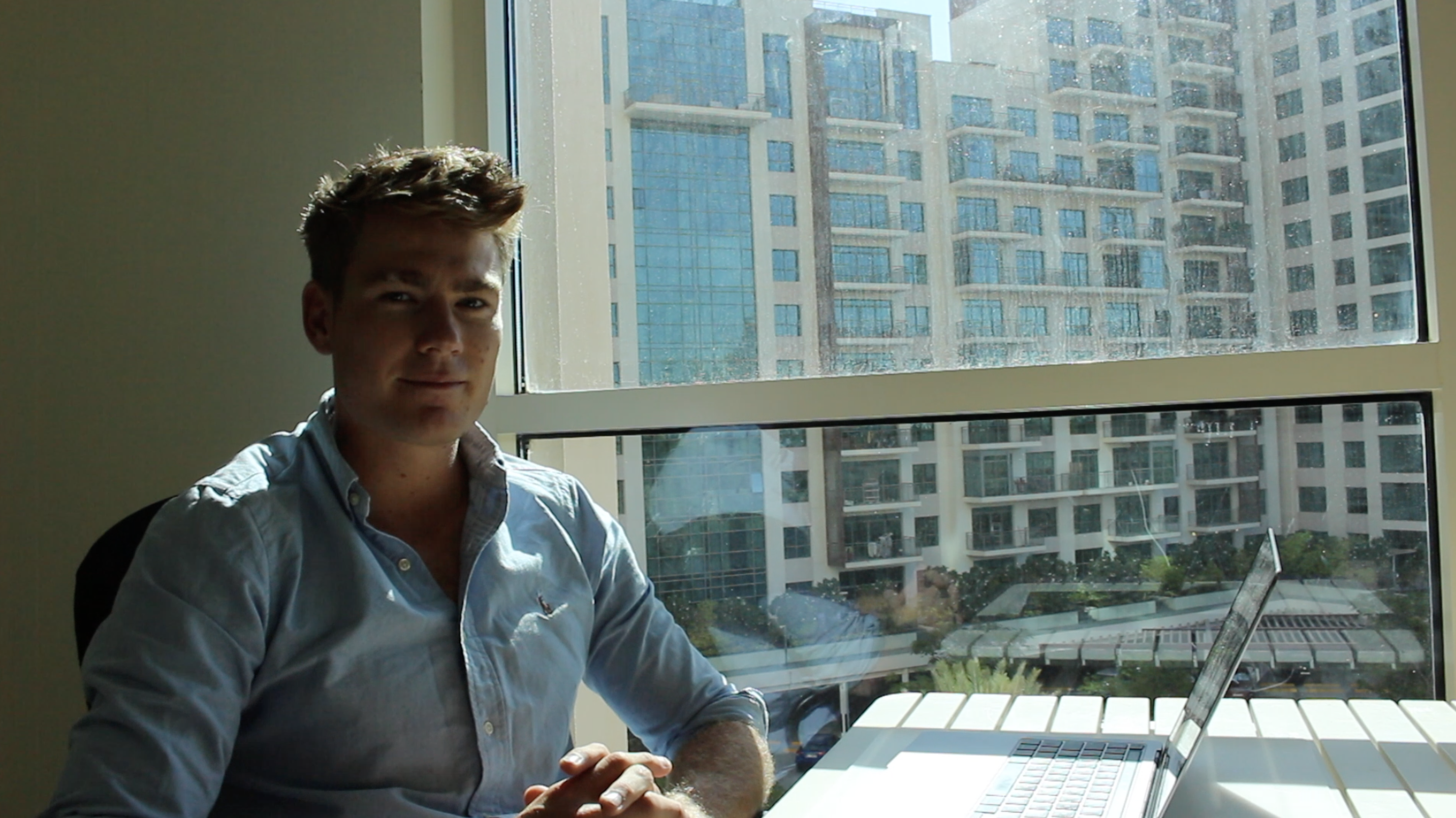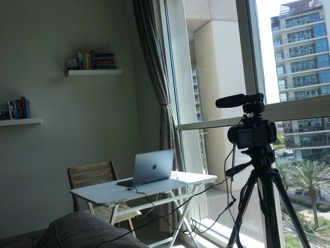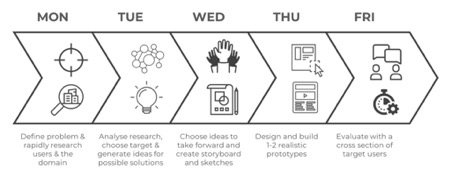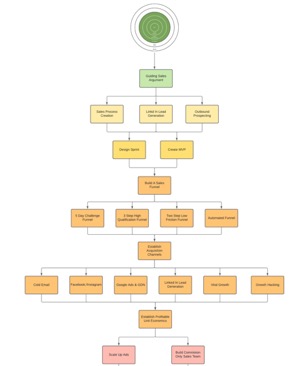
Covid has been a strange time for me and resulted in a big transition in my working life. Pre-lockdown, I was the CEO and Head of Growth of a B2C children’s sports and services startup. I worked on all aspects of growth and product strategy, creating the first membership-based sports platform in the region, which gave children access to unlimited sports coaching in eight different sports.
Our industry was one of the first to be hit by Covid-19, so we decided to wind up the business due to the unknown length of time until we could resume operations. March-June was a pretty tough period, figuring out how to shift gears and coming to terms with the end of something that I worked hard to build over a five-year period, scaling a two-man company to a twenty-man team.
Coming out of the back of this, I decided to pursue my passion for rapidly growing businesses using cutting-edge strategies, and formed Growth Hacker. This venture seeks to help early-stage companies and those seeking rapid growth to put systems, processes, and people in place to go from $0-$1 million or $1 million-$10 million.
Here is how a typical day looks for me:
7:30am-9:00am WAKE UP AND PODCAST LISTENING
I like to leave some space in the mornings for myself before I start my workday. I normally listen to podcasts while getting ready, to tune into some positive channels and learn new stuff. I’m a big believer in a positive information diet and think that starting the day by listening to inspiring thought-leaders sets the tone for what is to come.
This is what I’m listening to at the moment:
I avoid most news channels/websites and stick exclusively to YouTube as the sole social channel on my phone, to avoid getting sucked into pointless scrolling.
9:00-10:00 CONTENT CREATION
I aim to produce 2-3 videos each week, which I post to LinkedIn to introduce new ideas and ways of thinking about growing companies. I produce these videos with a combination of my DSLR camera and Loom to create screen recordings on the go. In addition, I am in the process of building an information product for technical-minded entrepreneurs and creating a membership product as well; so, over the last few months, I’ve been putting a lot of time into this. I find that filming content needs a lot of energy; so, I reserve this activity exclusively for the start of the day when I am fresh!

10:00-12:00 SALES & MARKETING OPTIMIZATION
Whilst I dedicate the majority of my time to helping others to grow their business, I still need some time to work on my own funnels and systems too. The two main channels that I am operating on at the moment are LinkedIn lead generation and five-day challenge funnels with Facebook as the primary acquisition channel. Each day, I check in to the dashboards for these channels to see what’s working and what needs improving before tweaking variables accordingly – all with the aim of increasing conversions and reducing acquisition costs.

12:00-12:30 LUNCH

I eat lunch pretty early as I tend to fast for 16 hours, eating between noon and 8pm every day. So, I’m pretty peckish come 12! Since starting this schedule around 12 months back, I have found higher energy levels and improved concentration, particularly in the morning.
12:30-14:30 PROPOSALS & SCOPES
After lunch, I spend some time drafting up proposals and scopes for existing projects that I am engaged in. A lot of times, this involves a fair bit of research, looking for appropriate tools that will scale with the company and meet budget requirements. As a generalist, when a particularly deep level of understanding of a topic is needed, I will often get a second opinion from a partner to ensure that the recommendations I make are on point.
14:00-16:00 PARTNER CALLS
As I act as a consultant with a series of growth service delivery partners, a lot of my time is spent project managing and making sure that projects are online. I try to reserve 90 minutes every day to check in with my partners and ensure that projects are online. I tend to use tools like Trello and Google Sheets to manage the workflow so that we can all collaborate in one place.
I am always on the lookout for new partners that I can team up with to deliver my services. Each week, I have calls with fellow growth hackers, startup academies, and VCs to build my network and discuss ways in which we can partner to help startups go from scratch to scale faster. Typical points of discussion are performance marketing, viral loops, and rapid validation strategies to help startups navigate their way to product-market fit and scale-up.
16:00- 19:00 STRATEGY CALLS
I combine Zoom, Calendly, and Qualification quizzes to effectively screen and book in strategy calls with prospective clients. In my space, an increased willingness to use these kinds of online tools has reduced friction in the sales process and is a definite positive – a Covid silver lining!
When I have an initial strategy call with a client, I like to think of myself more like an architect than a salesperson. I aim to get a full picture of the client’s current situation and get an understanding of exactly where they would like to be in two years’ time. The remainder of the call then becomes a problem-solving discussion to agree upon the required roadmap to build a system that will allow for this transformation to be made. This is my favorite part of what I do and where I think that I am able to deliver the most value from a strategic point of view.
Strategy calls are really important. I like to use business problem mapping from Google Ventures’ design sprint for growth problems. It also helps me map out the main actors – i.e. the customers on one side of the page. Understanding the journey that actors go through highlights the processes and tools that are currently in place and any bottlenecks or potential growth opportunities.

After the system is mapped out the tricky part is communicating the changes that need to be made and additional processes that need to be added. Changing existing systems can often be difficult due to the associated time, energy, and effort that have gone into getting them set up and the attachment that founders have to them.
In sales scenarios, after answering qualifying questions and getting a picture of the product, customer journey, existing customer base, and price point, I will often use flowcharts to visually demonstrate the system that needs to be created to achieve a result. Sometimes, I can use prepared process flows which I make in Lucid Chart; whereas other times, I'll sketch something out on the go with my iPad & iPad pencil. I find that people prefer to be shown rather than told and by involving the client in the architectural processes and asking questions as we go, there tends to be more buy-in.

One of the key challenges that I face at the moment is that, with most of my clients being US- or UK-based, my calls tend to flow over into the evening. So, I’m working on getting things wrapped up by 19:00 to leave time for other activities in the evening.
19:00- 20:00pm- MOVE!

I think one of the big negatives of Covid-19 and working from home is a struggle to separate work and home life. I try to combat this by getting out of the door between 19:00 and 20:00 every day for some exercise. I’m into running and CrossFit, and I find that these are great ways to decompress and punctuate the end of my workday.






